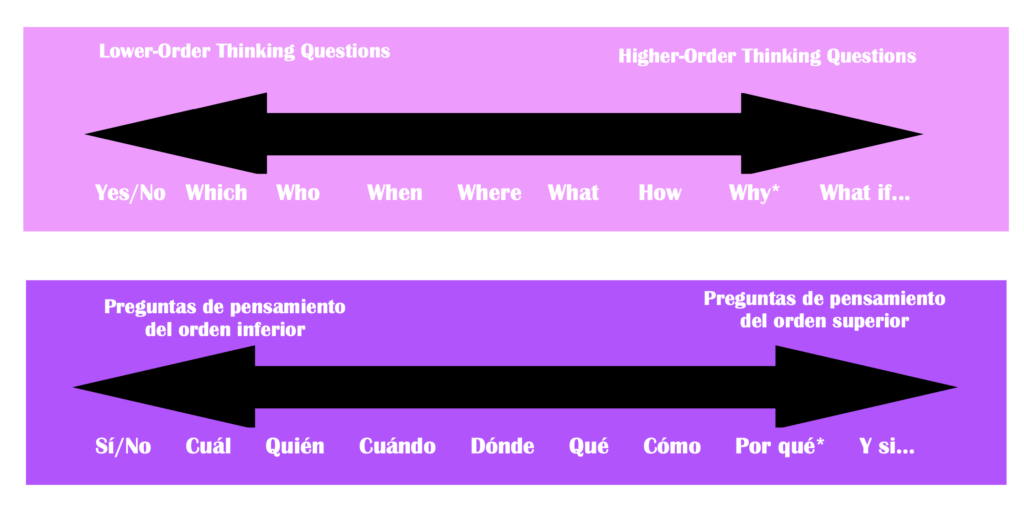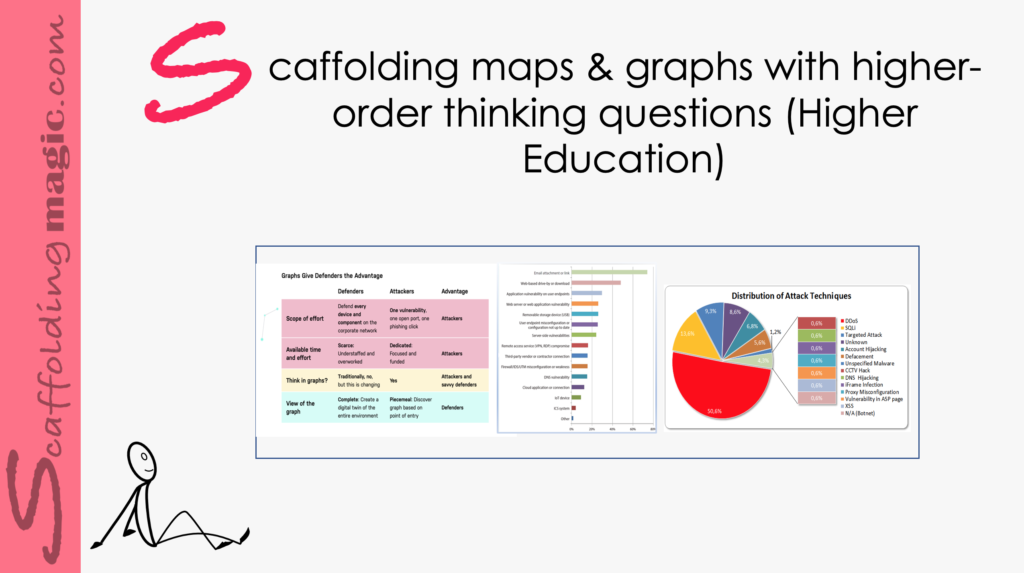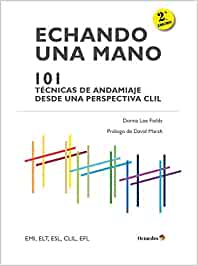
Download PDF of scaffold here.
theory behind the scaffolding…
Higher-order level questions – those that elicit deeper thinking – help students to stretch their thinking and engage their curiosity, their reasoning ability, their creativity, and independence. These questions encourage students to open their minds, they offer opportunities to produce original thinking. A well-structured question….
…and enable teachers and students to work together in constructing understanding. If we use effective questioning skills in the educational environment, we help our students to be more effective thinkers now and in the future.*
In the professional world, effective questioning skills …
…to ask insightful questions that lead to various solutions of challenging events.

This scaffolding activity uses the question continuum – ………………………………………….. The discussions these questions evince are especially useful
.
You’ll see that the activity begins with…
*Zwiers, Jeff & Crawford, Marie (2011). Academic Conversations: Classroom Talk that Fosters Critical Thinking and Content Understandings, USA, Stenhouse Publishers.
**ZPD = Zone of Proximal Development: the distance between the actual developmental level as determined by independent problem solving and the level of potential development as determined through problem solving under adult guidance, or in collaboration with more capable peers” (Vygotsky).
step by step…
- Choose a graph or map from the unit you’re about to begin that might be challenging for your students to understand. In the example below, you’ll see…….
NOTE: These maps and graphs probably see simple to us, but there is a lot of inferencing, connections, and information that our students need to cognitively unwrap. Giving them time to process the different ……………………….
- Formulate.-…
- …….
example with graphs…(they will need to cross reference these graphs to answer the questions)e

- Is it important to be able to distinguish between different types of cyber attacks?
- Which graph connects natural disasters to specific areas?
- Who would be most interested in graphs of natural disasters that did not show ……………………………
- When is…
- Where are natural disasters most felt economically? Least felt?
- What are the …..
- How is the information for these graphs ………………………………………..?
- Why are economic consequences connected to the …………………………..?
- What if you worked on a team devoted to c…………………….
- Formative Evaluation/Reflection: Students write two (2) lower-level thinking questions and two (2) higher-order thinking questions about the map(s) or graph(s) using the Question Continuum.

Other questions you can use with the graphs in your lessons:
- Do you wonder why…
- Do you think there is a correlation between…
- How do you see the difference between…
- Is there a reason why…
- Who……
- What else can you conclude from these findings?
- How could you present this information in a different way?
- Do you have any other questions you might like to ask about this information?
- What does the graph not show?
- What else…
- What if…..
- How could you present this information in a different way?
- Do you have any other questions you…
video explanation…

find more scaffolds here…


Scaffoldingmagic.com is your entryway into DYNAMIC bilingual learning methodologies, such as Phenomenon-Based Learning, CLIL, EMI, and ESL. You’ll find ways to implement critical thinking tools (DOK) to promote higher level thinking, the growth mindset, instill an ethic of excellence, deep reflection on learning, and all through multi-cultural, interdisciplinary activities. We have the keys to turning competences into action and to creating collective efficacy in your school so you move ahead as a unified, enthusiastic team.




